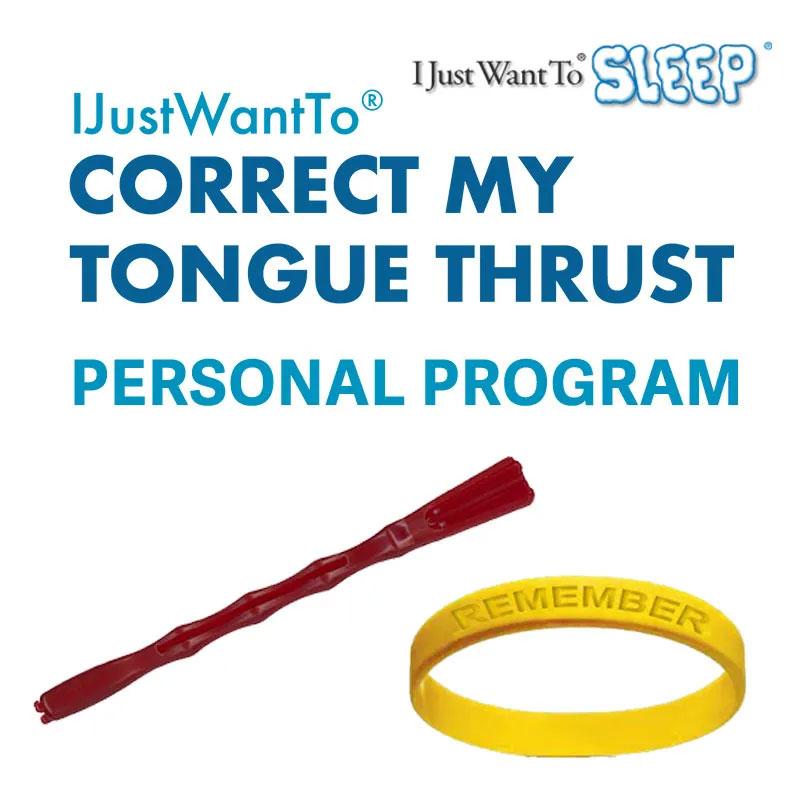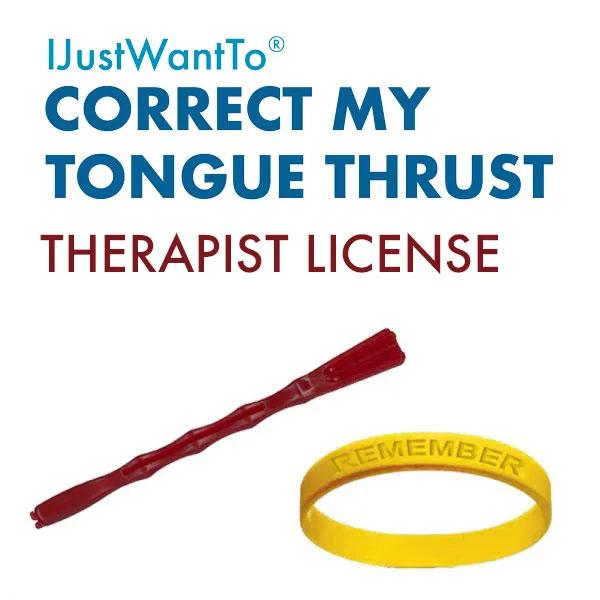Did you know that your tongue position could be affecting your sleep quality? Research shows that specific tongue exercises can dramatically improve sleep by addressing common issues like snoring, mouth breathing, and sleep disruption. This comprehensive guide explores how tongue exercises can transform your sleep quality, backed by clinical research and real success stories.
The Science Behind Tongue Exercises and Sleep
The connection between tongue position and sleep quality is well-documented. When your tongue falls back during sleep, it can partially block your airway, leading to:
- Snoring
- Disrupted breathing
- Poor sleep quality
- Morning fatigue
- Dry mouth
- Sore throat
Research by speech therapist Janet Bennett shows that proper tongue exercises can achieve a 94% success rate in improving these symptoms, leading to better sleep quality.
Benefits of Tongue Exercises for Sleep
Regular tongue exercises can provide numerous benefits:
Primary Benefits:
- Reduced or eliminated snoring
- Better breathing during sleep
- Improved sleep quality
- Less daytime fatigue
- Fewer morning headaches
- Reduced teeth grinding
Additional Benefits:
- Better tongue position awareness
- Improved swallowing patterns
- Reduced mouth breathing
- Enhanced overall oral function
Evidence of Effectiveness
Clinical studies show remarkable improvements:
"After completing the program, I fall asleep faster. I don't wake up in the middle of the night and my mouth is not dry in the morning. I don't wake up tired and don't get sleepy during the day." - Beth L.
"I feel better when I wake up and I don't get as tired during the day." - George I.
Key Components of Effective Tongue Exercise Programs
A successful tongue exercise program includes:
1. Proper Tongue Positioning
Learning the correct resting position is fundamental:
- Tongue should rest against the roof of the mouth
- Tip should sit just behind upper front teeth
- Sides should contact upper back teeth
2. Progressive Strengthening
Exercises gradually build tongue strength and control:
- Basic positioning exercises
- Strength-building movements
- Coordination drills
- Endurance training
3. Breathing Integration
Combining tongue positioning with proper breathing:
- Nasal breathing awareness
- Coordinated breath patterns
- Relaxed breathing exercises
Timeline for Results
Most people following the program experience:
- Initial changes within the first week
- Significant improvements by week 3
- Optimal results by week 7
- Long-lasting benefits with maintenance
Implementation Guide
To achieve the best results:
Daily Practice Schedule:
- Morning exercises (5 minutes)
- Evening routine (5 minutes)
- Position awareness throughout day
- Consistent nightly practice
Progress Indicators:
- Reduced snoring (often reported by partners)
- Easier nasal breathing
- Waking feeling refreshed
- Less daytime fatigue
- Improved concentration
Success Factors
Key elements for optimal results:
- Consistency in practice
- Proper technique
- Progressive exercise advancement
- Regular maintenance
- Patient persistence
Real Results from Real People
"The program worked so well and so quickly for me. I have seen 100% improvement. Almost from the start I felt calmer when my tongue rested in its spot." - Laurey M.
"I fall asleep faster at night and I feel better when I wake up." - Austin H.
Professional Guidance
While exercises can be done at home, professional guidance ensures:
- Correct form and technique
- Appropriate progression
- Optimal results
- Customized modifications if needed
Tips for Success
- Practice at consistent times daily
- Create reminder systems
- Track your progress
- Stay patient with the process
- Maintain exercises even after seeing results
Common Questions Addressed
How long until I see results?
Most people notice initial improvements within 3 weeks, with optimal results by 7 weeks.
Do I need special equipment?
No, exercises can be done anywhere without special equipment.
Will results last?
Yes, with proper maintenance and continued awareness.
Is this suitable for children?
Yes, for children 8 years and older.
Maintaining Long-Term Success
After achieving initial results:
- Continue daily awareness
- Perform maintenance exercises
- Monitor sleep quality
- Address any regressions promptly
Getting Started
Begin your journey to better sleep:
- Learn proper tongue positioning
- Commit to daily practice
- Follow progressive exercises
- Track your improvements
- Maintain consistent practice
Conclusion
Tongue exercises offer a natural, effective approach to improving sleep quality. With proper technique and consistent practice, you can achieve significant improvements in your sleep and overall well-being.
[Note: This article is for informational purposes only. Consult healthcare providers for proper evaluation of sleep disorders.]

